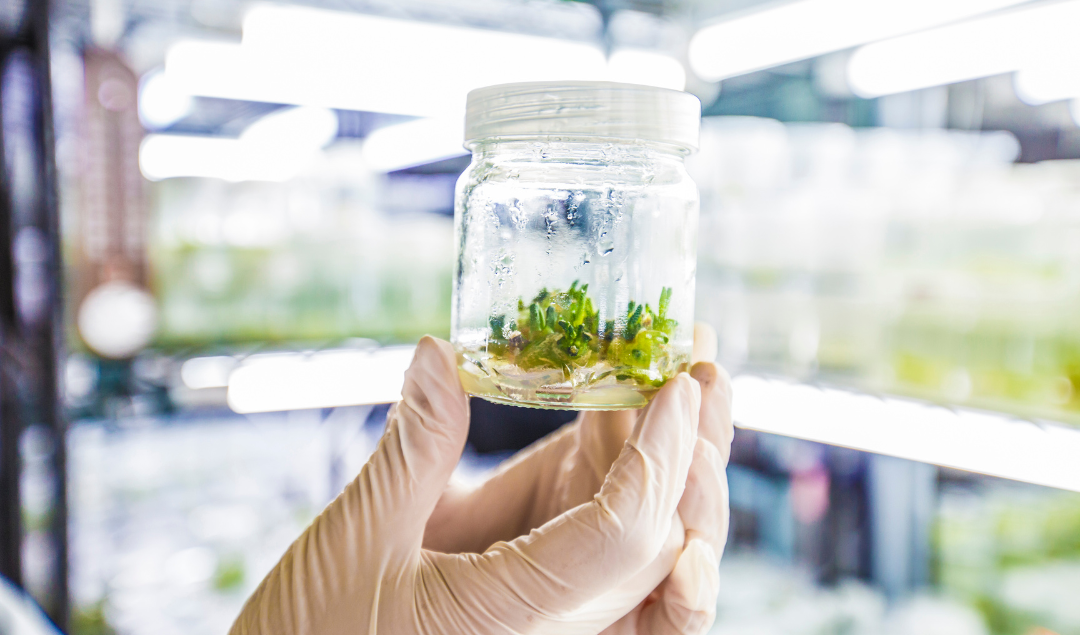Table of Contents
Introduction
Norfolk pine is native to Norfolk Island, which is known for its rich heritage of surviving fossil species. This also makes it an attractive spot for all the botanists of the world. Moreover, the island contains 50 endemic plant species that are found nowhere else in the world. Isn’t it fascinating!!
Norfolk pine botanically known as Araucaria. It belongs to the family of Araucariaceae, containing species, such as Araucaria excelsa, Araucaria angustifolia, Araucaria cunninghamii, and Araucaria columnaris.
Araucaria is a conifer, a slow-growing plant, that grows up to a height of 50–65 m (160–210 ft). It has a straight trunk and symmetrical branches, with its gray-brown bark falling off in fine scales. Its leaves are awl-shaped, thick, and soft. The thickest leaf is present in a cone shape on the uppermost, top part of the branch.
Further, the plants release nut-like edible seeds, have four cotyledons, and is a dioecious tree (male and female flowers in different plants), though it can also be monoecious.
Norfolk pine is quite popular in countries for its distinctive appearance, that is widely spaced branches and symmetrical, triangular outline. And, it’s planted as an ornamental tree worldwide in regions with a suitable Mediterranean and humid subtropical climate.
When young, it required more water to grow and grows deep into the sand. It’s also tolerant towards salt and heavy wind, which makes it suitable for coastal areas. However, if you are growing these plants indoors, then provide them with a bright, cool location for good growth, and the temperature should not exceed 18 °C (64 °F).
Tissue Culture of Norfolk Pine
Woody plant species compose 50% of the Earth’s biodiversity and participate heavily in biomass production and producing oxygen for living beings. They are required to be maintained to protect the tree ecosystem. Norfolk pine is one of the woody species.
However, their propagation in mass numbers becomes difficult because of:
- Long life-cycles
- Self-incompatibility
- High-heterozygosity
- Large genome
The genetic transformation methods and tissue culture offer a suitable alternative to grow these plants in the required number in a short frame of time. However, there culturing under laboratory conditions has myriads of challenges and it’s not that easy.
Furthermore, conventional propagation in most of the Auracaria (Norfolk pine) species is slow. Vegetative propagation of plants, such as by cutting, offers no advantages and is difficult due to topophysis (Growth of a plant part at an oblique angle in response to a stimulus) and is difficult to root. In grafting, incompatibility of the plants is another challenge faced by culturists.
In some Araucaria species, seed propagation is difficult, not only due to recalcitrant behavior but also insufficient to produce large, uniform progeny. That’s why tissue culture is an efficient and useful technique to grow these plants.
Araucaria has been grown using organogenesis techniques, somatic embryogenesis,
Here, a procedure for tissue culturing Araucaria excelsa using stem explant is explained, which is taken from the study of Sarmast, M. K., Salehi, H., & Khosh-Khui, M. (2012). Micropropagation of Araucaria excelsa R. Br. var. glauca Carrière from orthotropic stem explants. Physiology and molecular biology of plants: an international journal of functional plant biology.
The procedure of tissue culture of Araucaria excelsa R. Br. var. Glauca
Plant Material: Collect 17 cm orthotropic stem from the mother plant.
Surface Sterilization:
- Remove the apical bud from the explant and collect the upper segment of the explant for up to 5 cm.
- Wash it under running tap water for 2 hours.
- Treat the explant with 70 % ethanol for 3 min and 15 % Clorox (containing 5.25 % sodium hypochlorite) with 0.2 % detergent for at least 10–20 min for surface sterilization.
- Rinse the explants three times using distilled water.
- Cut the explant into 8-10 mm pieces.
Culture establishment: Place the explant vertically on the MS (Murashige and Skoog 1962) basal medium with 3.0 % sucrose and 0.8 % agar supplemented with 0.045 μM TDZ (plant growth regulator) and activated charcoal 1 %.
Rooting in regenerated plant:
- Keep the propagated shoots under dark conditions for 7 days.
- Then, culture it on MS liquid or solid medium containing 7.5 μM IBA and/or NAA for 2 weeks before moving to the half-strength MS medium without any growth regulator.
Acclimatization: Transfer the plantlets to normal greenhouse conditions in a mixture of vermiculite/perlite (50/50 v/v) and maintain them under high relative humidity (95 %).
If you are someone working with tissue culture methods, then you might be in search of affordable and effective tissue culture solutions and products.
So, if this is the case, visit the Plant Cell Technology store and order all your requirements, including PPM (™)—a contamination solution, MS media, agar, and much more. Further, you can also book a call with our scientists to get answers to you any tissue culture problems.
Check out PCT for all tissue culture products and services now!
Happy Culturing!!












Join the conversation
Your email address will not be published. Required fields are marked